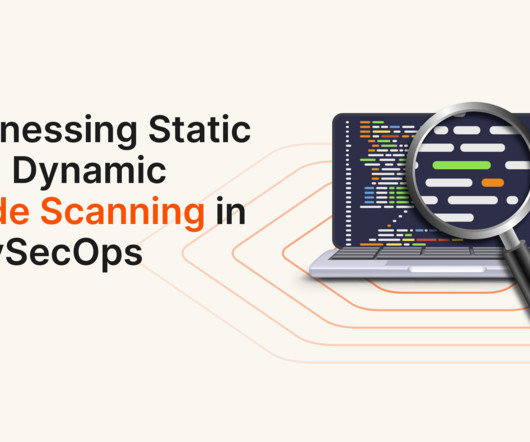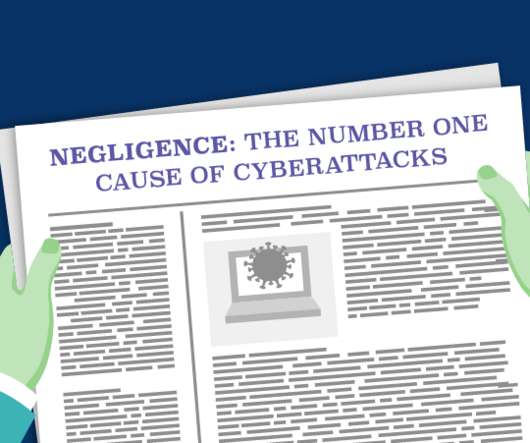Enable Two-Factor Authentication (2FA) to Add an Extra Layer of Security to Your Accounts
Erwood Group
MAY 20, 2024
Enable Two-Factor Authentication (2FA) to Add an Extra Layer of Security to Your Accounts Enable Two-Factor Authentication (2FA) to Add an Extra Layer of Security to Your Accounts Securing online accounts has never been more critical. This is where Two-Factor Authentication (2FA) comes into play.























Let's personalize your content